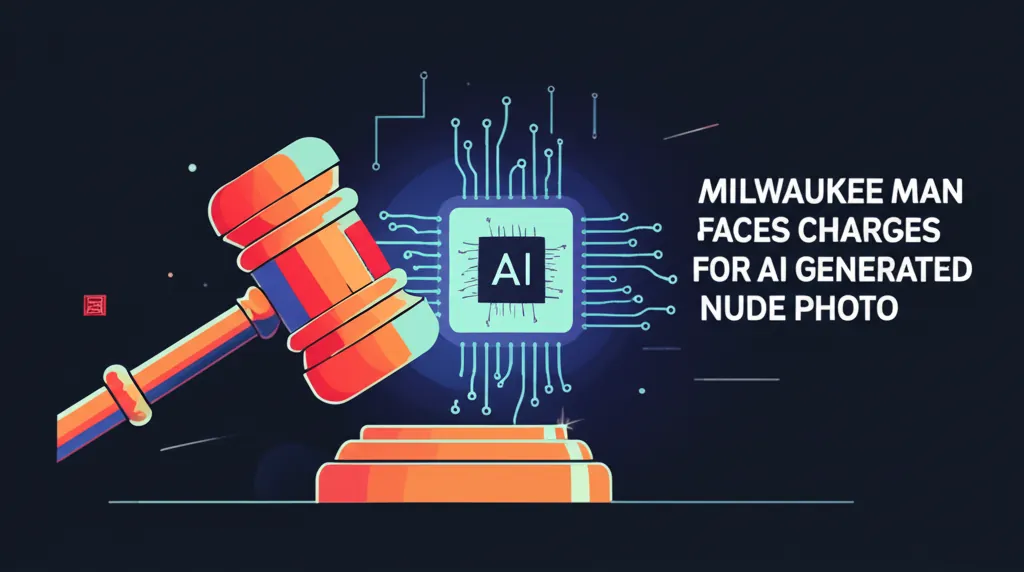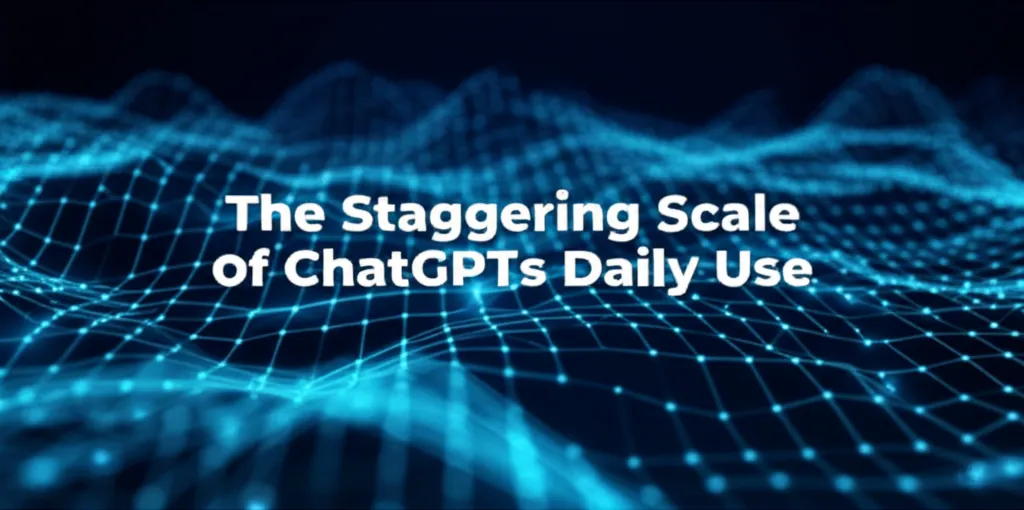Developer Offer
Try ImaginePro API with 50 Free Credits
Build and ship AI-powered visuals with Midjourney, Flux, and more — free credits refresh every month.
OpenAIs Trillion Dollar Gamble On AI Infrastructure

Kevin Dietsch/Getty Images
The Trillion Dollar AI Vision
OpenAI CEO Sam Altman is embarking on an ambitious and costly endeavor, committing to spend over $1 trillion to develop AI infrastructure. This massive investment aims to secure 26 gigawatts of computing power from tech giants like Nvidia, AMD, and Oracle, according to calculations by the Financial Times. The staggering financial commitment isn't just a challenge for OpenAI; it has significant implications for the wider economy, with many sectors relying on the company's success and fueling growing concerns about a potential AI bubble.
The Sobering Reality of User Conversion
Despite the enormous spending, the revenue side of the equation presents a starkly different picture. While OpenAI proudly reports 800 million users for its flagship product, ChatGPT, a critical metric is far less impressive. According to company insiders cited by the FT, only a tiny fraction—approximately five percent—of these users are paying for a subscription. This means that despite running the most popular AI chatbot service by a wide margin, OpenAI is struggling to convince the vast majority of its audience that its premium services are worth the $20 monthly fee, let alone the more expensive pro subscriptions.
Bleeding Cash and The Hunt for New Revenue
This low conversion rate contributes to OpenAI's alarming financial losses, which totaled $8 billion in the first half of the year alone, even as revenue doubled. In response, the company is urgently exploring new revenue streams. These initiatives include introducing online advertising, monetizing its new text-to-video generator Sora, and even venturing into online shopping. Additionally, OpenAI is collaborating with former Apple designer Jony Ive to develop a new personal AI device. In a notable policy shift aimed at boosting engagement, Altman also reversed a previous stance by announcing the platform would soon permit "mature apps," just months after stating ChatGPT didn't host "sexbots." However, the viability of these new ventures remains uncertain, especially considering the potential high costs of running Sora and the failures of previous AI hardware like the disastrous Humane AI pin.
A High Stakes Gamble for the Entire Economy
The stakes extend far beyond OpenAI's balance sheet. The immense capital expenditure on AI has become a major driver of the US economy, with one Wall Street Journal report noting that it contributed more to economic growth than all consumer spending combined as of August. This creates a terrifying scenario where a potential AI crash could drag the entire US economy down with it. Adding to these fears are circular financing deals, such as OpenAI using investment money from Nvidia to purchase the chipmaker's hardware, a practice that is heightening concerns of a market bubble.
Profitability A Distant Concern
Despite the mounting losses and an uncertain path forward, stopping the cash bleed doesn't appear to be a top priority for OpenAI's leadership. A senior executive admitted to the FT that while investors expect a five-year plan, "right now I’d say there’s lots of fuzz on the horizon." CEO Sam Altman himself seems unconcerned about near-term profitability, telling reporters earlier this month that breaking even is "not in my top ten concerns," though he acknowledged that the company must "someday have to be very profitable."
More on OpenAI: Two Months Ago, Sam Altman Was Boasting That OpenAI Didn’t Have to Do Sexbots. Now It’s Doing Sexbots
Compare Plans & Pricing
Find the plan that matches your workload and unlock full access to ImaginePro.
| Plan | Price | Highlights |
|---|---|---|
| Standard | $8 / month |
|
| Premium | $20 / month |
|
Need custom terms? Talk to us to tailor credits, rate limits, or deployment options.
View All Pricing Details

